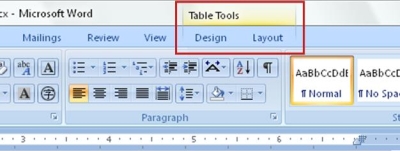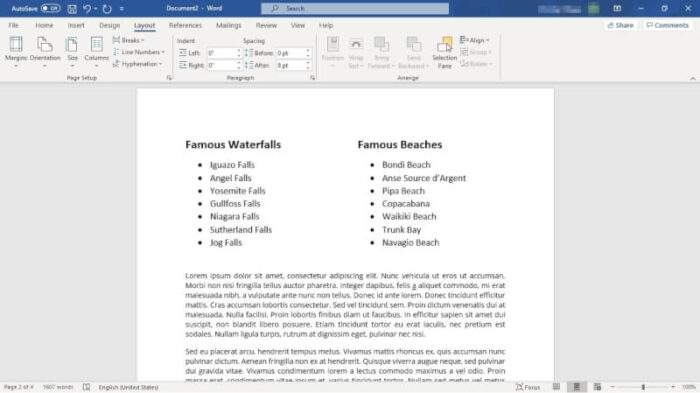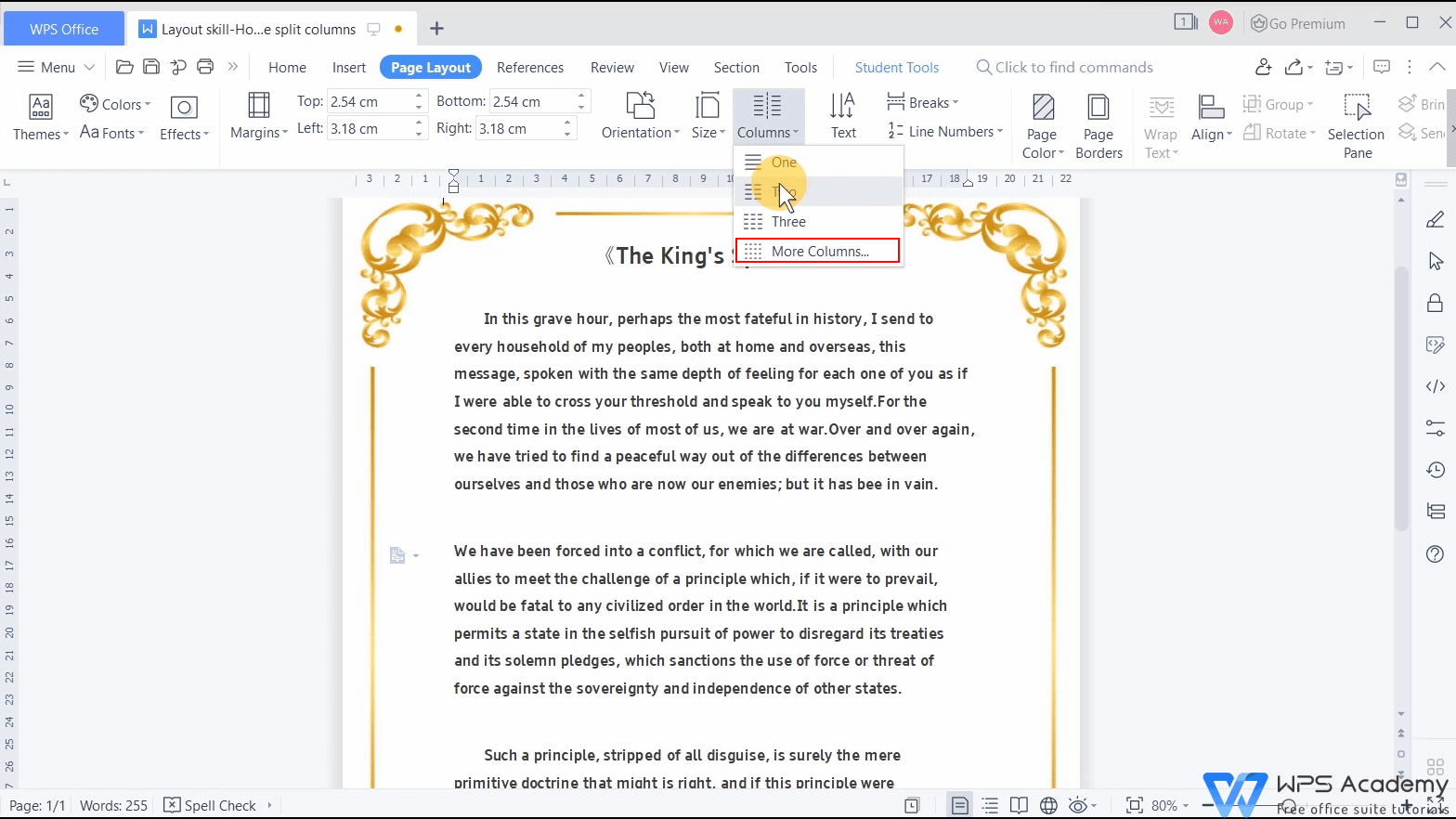

If you want to compare data from two different sheets within the same workbook, you can use conditional formatting to do the comparisons, enabling you to compare data using a range of criteria: Change them to suit your own workbook as you see fit. The formula assumes you are comparing Sheet1 against Sheet2 both beginning at cell A1. The differences should then be highlighted as Sheet1 vs Sheet2:Difference1 etc.Drag the formula down the page for as many cells as the columns you are comparing contain.Open a new sheet and highlight the same cell the two columns you’re comparing start on.For this example, let’s say we have a column on Sheet 1 (starting at A1) and another column on Sheet 2 (also starting at A1) that we want to compare. So we have checked two columns for duplicates but what if you want to find differences? That is almost as straightforward. Compare two columns for differences in Excel Change them to reflect the columns you want to compare in your own workbook. Note that this formula assumes you are comparing Sheet1 against Sheet2 both beginning at cell A1. The differences should then be highlighted as Sheet1 vs Sheet2:Difference1 in the cell containing the differences. This simple process of checking for duplicates will make you more efficient and productive using Excel. The result of this process will be that each duplicate cell will be highlighted in both columns you are comparing. Drag the formula down the column for each of the cells you want to compare in the two columns in question.Highlight the same top cell (i.e., A1) in the column in Sheet1.Under Cells, click Distribute Rows or Distribute Columns.

Rest the pointer on the column boundary until appears or the row boundary until appears, and then double-click it.

If you have text in a table cell, the column must be as wide as or wider than the text. Rest the pointer on the column boundary that you want to move until appears, and then drag the boundary until the column is as wide as you want. If you have text in a table cell, the row must be the same height or taller than the text. Rest the pointer on the row boundary that you want to move until appears, and then drag the boundary until the row is the height that you want. Rest the pointer on any corner of the table until appears, and then drag the table boundary until the table is the size that you want. You can also resize one or more rows, columns, or individual cells in a table. You can resize a whole table to improve readability or to improve the visual effect of your document. Under Default cell spacing, select the Allow spacing between cells check box, and then enter the measurement that you want. Under Cell Size, click Distribute Rows or Distribute Columns.Ĭhange the space between cells in a tableĬlick the table, and then click the Table Layout tab.Ĭlick the Table tab, and then click Options. Select the columns or rows that you want to make the same size, and then click the Table Layout tab. Make multiple rows or columns the same size Tip: To display column width measurements on the horizontal ruler, click a cell, and then hold down OPTION as you drag the boundary.


 0 kommentar(er)
0 kommentar(er)
